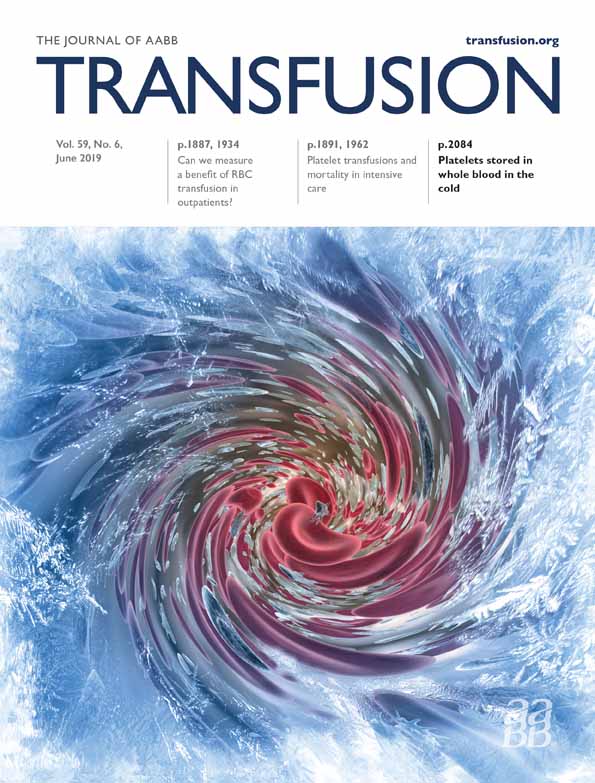Can furosemide prevent transfusion-associated circulatory overload? Results of a pilot, double-blind, randomized controlled trial
Abstract
BACKGROUND
Transfusion-associated circulatory overload (TACO) is a leading cause of transfusion-attributable morbidity. It is unclear whether diuretics are safe and effective in preventing this reaction.
MATERIALS AND METHODS
In a pilot controlled feasibility trial, inpatients 65 years or older ordered a single unit of red blood cells were randomized to pre-transfusion furosemide 20 mg or placebo intravenously. Primary outcome was the ability to enroll 80 patients within a 2-month time period. Secondary feasibility outcomes included proportion of RBC transfusions meeting eligibility criteria, proportion of eligible patients enrolled, and compliance to study protocol. Clinical outcomes included the incidence of TACO and associated complications.
RESULTS
Nine months of enrollment were required for 80 patients to complete the study, due primarily to fewer transfusions than expected meeting eligibility criteria and lower than anticipated consent rates. Protocol compliance was below target due to missing chart documentation of patient fluid balance, and transfusion infusion time. Blinding was maintained throughout the study and treatment arms were well-balanced. A single case of TACO occurred in each arm, for an overall incidence of 2.5%. No differences in peri-transfusion vital signs, B-natriuretic peptide, or signs of furosemide toxicity were observed.
CONCLUSION
The study protocol was not feasible as designed, primarily due to challenges in patient enrollment. Modifications to trial design to improve feasibility in future studies have been identified.
CONFLICTS OF INTEREST
The authors have disclosed no conflicts of interest.




